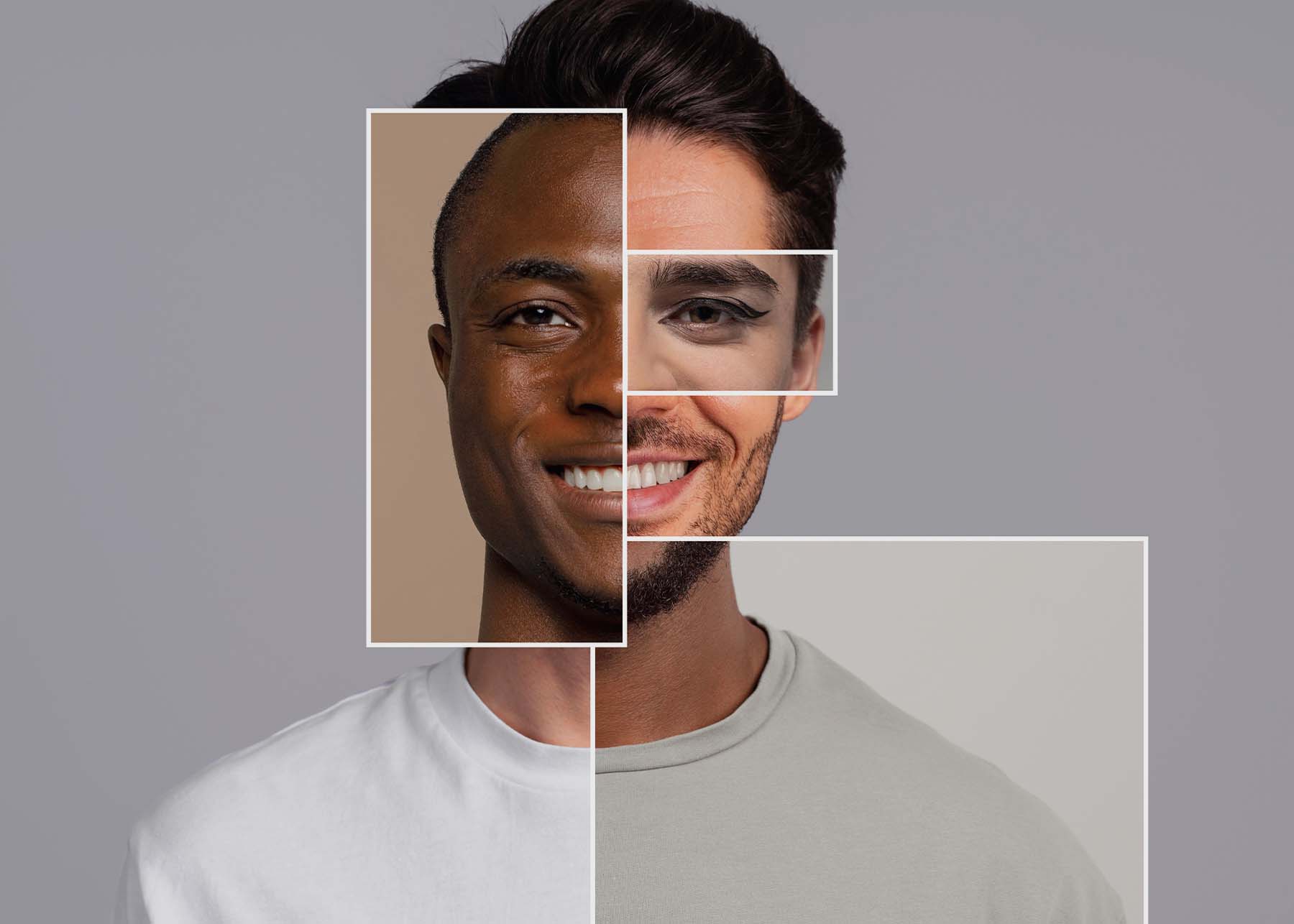
In today’s hyper-competitive digital landscape, customers expect more than just generic advertisements and mass-marketed content. They want personalised experiences tailored to their individual needs, preferences, and behaviours. Personalisation has evolved from being a nice-to-have feature to a crucial aspect of any successful digital marketing strategy. Brands that deliver personalised content are more likely to engage their audience, build loyalty, and drive conversions.
In this article, we’ll explore why personalisation is so important in digital marketing, the key strategies to implement, and how businesses can use personalisation to achieve higher engagement and better results.
1. What Is Personalisation in Digital Marketing?
Personalisation in digital marketing refers to the practice of tailoring content, messaging, and offers to individual customers based on their behaviour, preferences, demographics, and other data points. By delivering a customised experience to each user, businesses can create a more relevant and engaging interaction that resonates with their audience.
Personalisation can take many forms, including:
- Personalised product recommendations based on browsing or purchase history.
- Targeted email marketing with content tailored to the recipient’s past interactions or preferences.
- Dynamic website content that changes based on the user’s location, past visits, or browsing behaviour.
The goal of personalisation is to make every interaction feel more relevant and valuable, thereby improving the user experience and increasing the likelihood of conversion.
2. Why Personalisation Matters
The modern consumer is bombarded with marketing messages every day. To cut through the noise, brands need to deliver experiences that stand out, and personalisation is the key to doing so. Here’s why personalisation is essential for any digital marketing strategy:
a) Increased Engagement
Personalised marketing messages are far more likely to grab attention than generic, one-size-fits-all content. When customers see that a brand understands their needs and preferences, they are more likely to engage with the content, whether it’s by clicking an ad, opening an email, or making a purchase.
b) Improved Customer Experience
Consumers are increasingly expecting personalised experiences across every touchpoint, from browsing products online to receiving customer service. Personalisation makes customers feel valued, which leads to greater satisfaction and loyalty.
c) Higher Conversion Rates
By delivering the right message to the right person at the right time, personalisation can significantly improve conversion rates. Whether it’s a targeted offer based on past behaviour or a personalised product recommendation, customers are more likely to convert when the content is relevant to them.
d) Enhanced Customer Retention
Personalisation helps build stronger relationships with customers by creating a more meaningful connection. Brands that consistently deliver personalised experiences are more likely to retain customers, fostering long-term loyalty.
3. Key Strategies for Personalisation in Digital Marketing
Now that we’ve covered why personalisation is so important, let’s explore some of the key strategies businesses can use to deliver personalised experiences at scale.
a) Segmentation
Segmentation is the foundation of personalisation. By dividing your audience into smaller groups based on characteristics like demographics, behaviour, or interests, you can create more targeted and relevant marketing campaigns. For example:
- Segmenting your audience by age, gender, or location allows you to deliver content that’s more relevant to each group.
- Behavioural segmentation (based on actions like website visits, clicks, or purchase history) lets you create targeted campaigns that respond to specific user actions.
Tools like Google Analytics, CRM systems, and email marketing platforms enable you to track customer data and create detailed audience segments.
b) Dynamic Content
Dynamic content refers to content that changes based on the user’s preferences, behaviour, or profile. For example, personalised homepages can display different products or promotions depending on the user’s browsing history or location.
Tools like Optimizely and Dynamic Yield allow businesses to create dynamic, personalised website experiences in real-time, helping to boost engagement and conversions.
c) Personalised Email Marketing
Email marketing is one of the most effective channels for delivering personalised content. By leveraging customer data, you can create highly targeted email campaigns that speak directly to the recipient’s needs and preferences.
Personalised email campaigns can include:
- Product recommendations based on past purchases or browsing history.
- Cart abandonment emails that remind users of products they left in their shopping cart.
- Tailored offers that appeal to specific customer segments.
Email marketing platforms like Mailchimp, HubSpot, and Klaviyo offer personalisation features that enable businesses to create targeted email content and automate the delivery process.
d) Personalised Product Recommendations
E-commerce brands, in particular, benefit greatly from personalised product recommendations. By analysing a customer’s past purchases, browsing behaviour, or preferences, businesses can suggest products that are highly relevant to the customer’s interests.
Platforms like Amazon have mastered the art of personalised product recommendations, using sophisticated algorithms to display products that customers are most likely to buy. This not only enhances the user experience but also drives up sales and average order value.
e) Location-Based Targeting
Location-based personalisation allows businesses to deliver content or offers based on the user’s geographic location. For example, retailers can send push notifications to customers who are near their physical store, or travel companies can promote local deals and experiences based on a user’s location.
Location-based marketing tools like Foursquare and Google Ads enable businesses to create geo-targeted campaigns that reach users in specific locations, ensuring that the content is highly relevant.
f) Behavioural Triggers
Behavioural triggers enable businesses to respond to specific user actions in real-time. For example, if a customer adds a product to their cart but doesn’t complete the purchase, a behavioural trigger can send a reminder email encouraging them to complete the transaction.
By setting up automated workflows based on user behaviour, you can deliver personalised messages at critical moments in the customer journey. Tools like HubSpot and ActiveCampaign allow businesses to create behavioural trigger campaigns that respond to user actions, helping to improve conversion rates.
4. How to Implement Personalisation in Your Digital Marketing Strategy
Implementing personalisation in your digital marketing strategy requires the right tools, data, and approach. Here’s how to get started:
Step 1: Collect and Analyse Customer Data
To personalise your marketing efforts effectively, you need to gather data on your customers’ behaviour, preferences, and interactions with your brand. Tools like Google Analytics, CRM systems, and social media platforms provide valuable insights into customer behaviour.
Use this data to create detailed customer profiles that include information like:
- Demographic data (age, gender, location)
- Behavioural data (past purchases, browsing history, interactions)
- Psychographic data (interests, values, pain points)
The more data you have, the more accurately you can personalise your messaging.
Step 2: Choose the Right Tools
To implement personalisation at scale, you need the right marketing tools. Platforms like HubSpot, Salesforce, and Klaviyo offer personalisation features that enable businesses to create segmented campaigns, automate email marketing, and deliver personalised content across multiple channels.
Look for tools that integrate with your existing systems, allowing you to gather data from various sources and deliver personalised experiences across the customer journey.
Step 3: Create Personalised Content
Once you have the data and tools in place, it’s time to create personalised content. This can include:
- Email campaigns with personalised subject lines, product recommendations, and targeted offers.
- Dynamic website content that adjusts based on the user’s behaviour, preferences, or location.
- Targeted social media ads that appeal to specific audience segments.
Make sure that your content is not only personalised but also relevant and valuable to the user. Personalisation should always be about enhancing the customer experience, not just pushing sales.
Step 4: Test and Optimise
Personalisation is not a one-time effort. To ensure that your personalised campaigns are delivering results, you need to continually test and optimise. A/B testing different messages, offers, or content variations can help you identify what resonates most with your audience.
Use analytics tools to track the performance of your personalised campaigns and make adjustments based on the data. Over time, you can refine your approach to deliver even more relevant and engaging content.
5. The Future of Personalisation in Digital Marketing
As technology continues to evolve, the future of personalisation in digital marketing looks incredibly promising. Advancements in artificial intelligence (AI) and machine learning are making it possible to deliver even more precise and dynamic personalised experiences in real-time.
AI-driven personalisation tools will enable businesses to predict customer needs before they even arise, offering highly relevant recommendations and content based on predictive analytics. Additionally, voice search and augmented reality (AR) technologies are opening new avenues for personalised marketing, allowing brands to create immersive and interactive experiences that engage customers on a deeper level.
By embracing these technologies and continuing to refine personalisation strategies, businesses will be well-positioned to meet the ever-growing demands of their customers and achieve higher engagement, loyalty, and long-term success.




